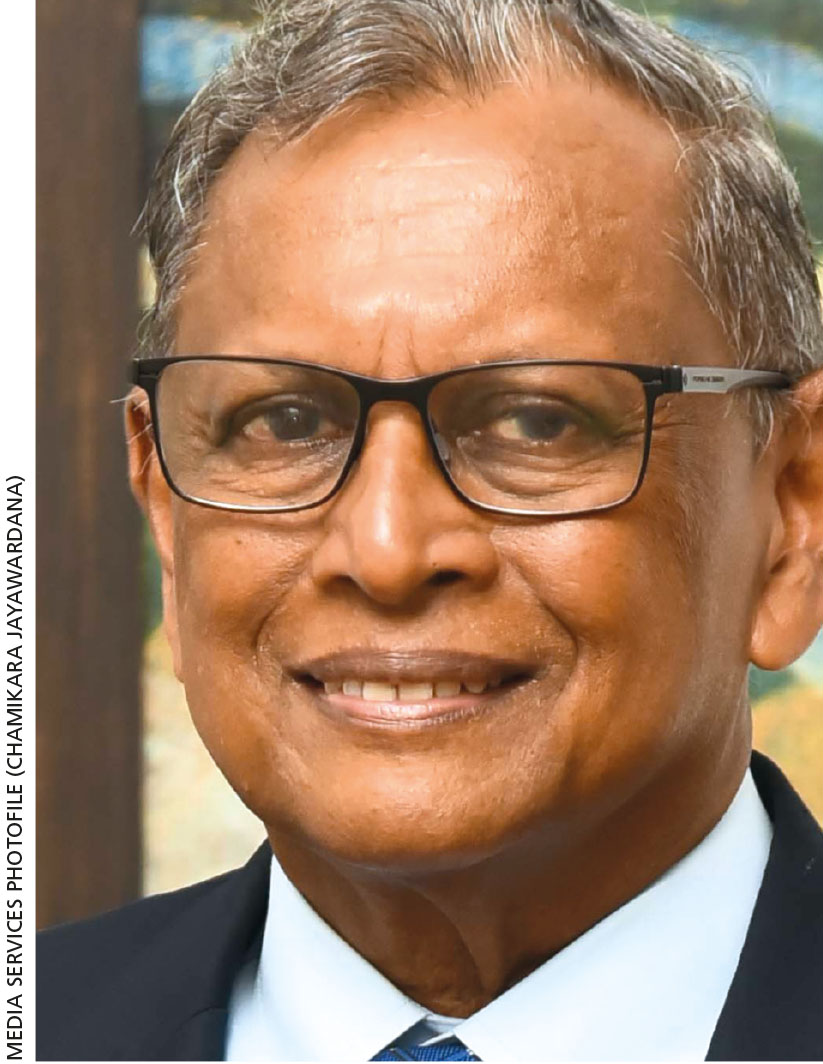BRANDING FOR VALUE
Creating Savvy Brands
Hemaka Amarasuriya explains how brands have come to the forefront over the years
Compiled by Yamini Sequeira
Discussing the impact of Sri Lanka’s Most Valuable Brands listing, Hemaka Amarasuriya says: “Over the years, Brand Finance and LMD have highlighted the value of branding, bringing local brands centre stage as a key value proposition.”
 “Thereby, they’re directing a message to boardrooms that brand building is the upper echelon’s responsibility. I wish the Brands Annual continued success in this,” he adds.
“Thereby, they’re directing a message to boardrooms that brand building is the upper echelon’s responsibility. I wish the Brands Annual continued success in this,” he adds.
Amarasuriya continues: “Recent trends indicate that brand value equations are beginning to be noticed by decision makers. This is no mean achievement by Brand Finance and LMD, and augurs well for the health of the corporate sector and investors.”
“Through this, brand values will ultimately be disclosed in financial statements as a note to the balance sheet, instead of leaving the most valuable assets in the cold,” he asserts.
In Asian markets, brand value is not generally incorporated into financial statements whereas in developed markets, it’s an integral component of a balance sheet, reflecting the true value of a corporation.
Amarasuriya explains: “This leads to guessing and estimation regarding a business’ true value especially in the event of a takeover bid. The absence of brand values will create aberrations when an overview of key information is sought and encourages hostile takeover bids.”
“When conforming to local reporting requirements, there is an information gap leading to visual undervaluation,” he adds. Amarasuriya believes these gaps exist because of a lack of awareness about brand valuation.
Having nurtured one of the nation’s household brands, he recalls: “Singer (Sri Lanka) was acquired for above market value and the contention in the market was that the buyer paid a premium over the traded price.”
“But three years later, its shares are trading over the acquisition price, dispelling the view that it was excessive. Once the company was restructured, the brand’s true value and power surfaced,” he maintains.
He says that to bridge the gap between marketing and finance, the business marketing concept was introduced where the model evolves beyond ‘sales plus’ to a degree of perceived sophistication in recognising financial inputs.
Marketing will then graduate from being a cost to an investment through planning. Finance will support marketing goals and objectives – and help derive marketing results.
With the advent of new competition, changing technologies, and varying customer habits and needs, the threats are omnipresent. To remain purposeful, product line ups need an overhaul every now and then.
‘X-ray scans’ of the marketplace will highlight opportunities that are not visible to the naked eye – i.e. créneaus or holes.
For example, Amarasuriya notes that Sri Lanka had a severe water impurity problem some years ago and citizens suffered from kidney disease. The household water purifier from the Victorian age returned to the market as a solution and is a standard product in many homes today.
Multi-branding is another strategy to gain market share: “Earlier this century, Singer acquired the heritage brand Sisil. This was probably the first brand acquisition in the country – a classic single positioning strategy.”
Both brands sold domestic ice boxes from the same manufacturing plant with a marginal price differential. Brand loyalties were unshakeable, which pushed Singer’s market share to over 50 percent, he notes.
He says: “In the brand line up, only the top three players profit or have a niche. To enter the winners’ circle, brand managers must match their attributes, establish USPs or cut their losses.”
Amarasuriya says these are options to build brand power outside the beaten path and open new vistas for growth in emerging markets such as Sri Lanka.



